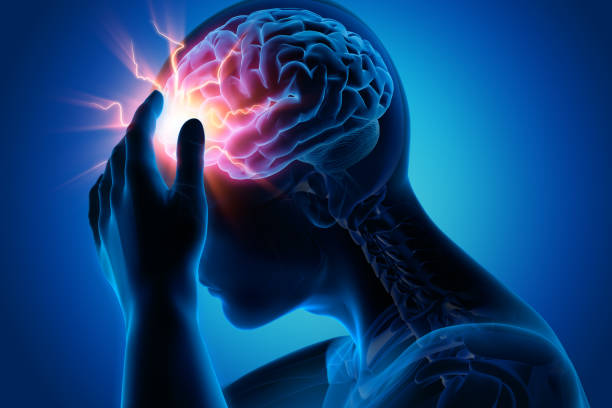Migraines are more than just a headache. They are a complex neurological condition that affects millions of people worldwide. we will explore what migraines are, their potential causes, common symptoms, and available treatment options.
Understanding Migraines
A migraine is a recurring headache disorder that is often characterized by intense throbbing or pulsating pain on one side of the head. While the exact cause of migraines is not fully understood, researchers believe that a combination of genetic and environmental factors may be involved.





